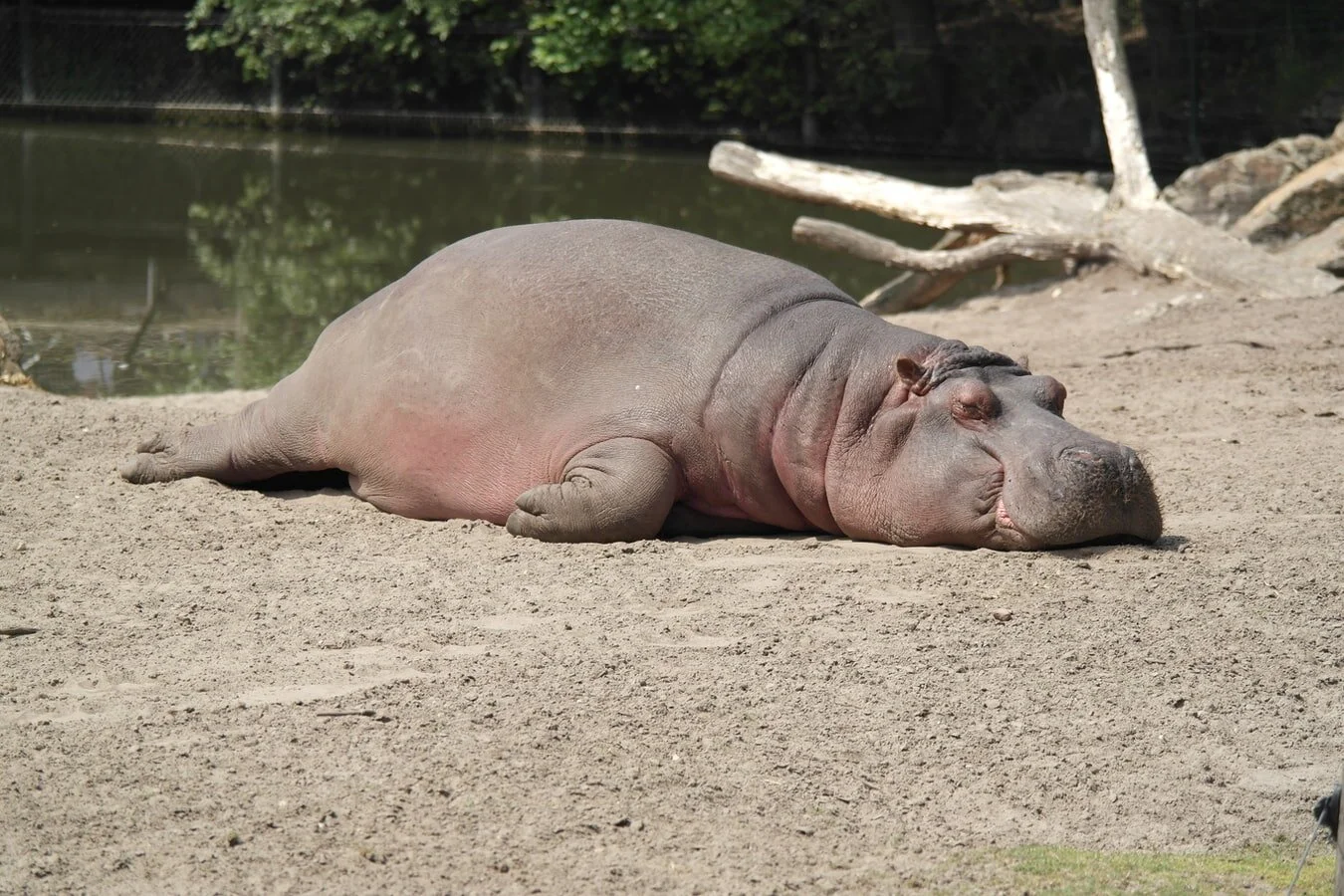Tolkien Tuesday: Real-World Fuel For The Imagination
How many times have you wished that you could be plucked from reality and plopped into Middle-earth?
I am a grown-ass adult and will still imagine a part of a hiking trail as a sliver of Tolkien's world. My wife will sometimes turn around on the path and ask me where we are in Middle-earth. She knows she will get an instant answer.
I think it's safe to say that J.R.R. Tolkien had a knack for worldbuilding. His love of folktales and Medieval/Scandinavian lore have pretty much set the standard for the fantasy genre today.
The cultures he created feel like they really did exist at some point in our real past. That's because he used real cultures and history so masterfully woven with his own imagination that they could almost be found in some history book sitting on a shelf somewhere.
That's the magic of his world. It feels like maybe we could find it someday.
If only we could all create worlds like that, right?
Can you imagine your reader so immersed in the lands you have brought out of your daydreaming mind that they have to keep turning back to the map at the front of the book to check where they are now?
What a dream.
Middle-earth didn't always exist (so to speak). Tolkien created it out of his own experiences and passions. Without those, there would be nothing.
If we were going to start examining how Tolkien did it, then we need to look deep into his creative process. There's something behind those cultures. All those languages would mean nothing if the inspiration didn't hit him to create them in the first place.
What could possibly spark such intense culture and lore creation like Tolkien has in Lord of the Rings?
Does it take years of study and extensive knowledge of past cultures?
Maybe we should all take up a few dead languages. See you guys in a decade when I can finally say one phrase in Latin.
Should we read book after book, devouring fiction like it fuels our very lifeblood?
(I mean, yes that's actually really good advice).
I think the answer to the creative process is much more straightforward, though. At least, the first step.
Tolkien said precisely what he did:
“I wisely started with a map”-JRR Tolkien
And his D&D players never even made it this part of the world…a real shame.
For those of you who have kept up with all these Tolkien Tuesdays, yes, I bring this quote out from time to time. (Also you are so friggin awesome for reading these geeky examinations, thank you)!
It was as simple as imagining what the world would look like for Tolkien.
What could have possibly inspired such a living, breathing world like Middle-earth?
Well, kinda obvious: our Earth.
From the mill of his childhood home in Worcestershire to the Swiss Alps, Tolkien absorbed the world around him and created something fantastical with it.
What's great is you don't have to go all the way to the Alps to get the fuel you need for your imagination. Tolkien didn't always use sprawling wonders of the world to create something wonderful. (Reference the aforementioned mill).
This is Edgbaston Waterworks Tower:
So Sauron greatly exaggerated how big his house was.
And this is Perrott's Folly:
Gandalf almost could jump from captivity.
Look familiar?
Probably not. That's because they look like some fairly typical towers. I mean, I get it, we don't get any cool Medieval stuff here in the United States, so I would love to visit these. Yet, these don't seem like they would inspire major landmarks in a fantasy world.
Yet, they are the inspiration for the Tower of Orthanc and Barad-Dur. Sure, as they are, they don't scream evil wizard and flaming all-seeing eye live here, but they did to Tolkien.
He was able to make them the foundations of some of the most sinister locations in all of Middle-earth history.
You don't need the whole picture. In fact, that's what it means to be creative, isn't it? We take this little nugget of something and mold it into the fantasy locations that will hopefully spark the imaginations of reader after reader. It's alchemy, and you can't tell me different.
For me, it was always the mountains.
A pine forest surrounding a quiet town on a lake. Quiet mist on the still morning water. The Sierra Nevadas will always show up in my fantasy writing, one way or another.
Tolkien describing Bilbo's need to see mountains again, hits me in some kind of nostalgic place. The mountains came first for me, then I started my love affair with Middle-earth.
The town was Shaver Lake, where the fishing was always prime, and stars ever came out the brightest.
Pictured: the perfect morning
Tolkien also had his complicated relationship with the forest. Sometimes, it was a dark and dangerous place like Mirkwood. Other times it was a glimpse into a golden past in Lothlorien, where time almost had no meaning.
And there is the core of the magic of our sparked imaginations. The places that mean something to us will hold not just a place in our minds, but our hearts too. When that becomes written word, something incredible happens. It permeates the page in indescribable ways.
You have to write with that part of your imagination. The places you create in your world have to mean something special to you. Or something terrible.
The raw emotion that you bring into your story is what will make it something deeply moving.
When Tolkien describes the Dead Marshes, we can almost smell it as we read the passage, it is so vivid in our mind's eye. Tolkien pulled from painful places, memories of the trenches in World War I, and friends he lost to machines of destruction. It's no wonder that industry in Middle-earth is something so gruesome.
It tears apart the natural order of Middle-earth and puts these magical places in jeopardy that the worldbuilding alone is something we want the heroes to save.
Isn't that what we are doing too when we create worlds inspired by what we feel passionate about?
Our world is always changing around us.
Shaver Lake will not always be the place of my childhood. It already has changed much since then. The memory makes it something real. That memory gets put into my stories. There's something magical there, like Lothlorien defying time itself.
If you want to make something feel real in your story, take from the real and use that alchemy of imagination. It may just become something special to someone else simply because it inspired you.
I'll leave you with some beautiful, if haunting words, from the professor himself, found in a Guardian interview from 1966 about his childhood home:
'It was a kind of lost paradise,' [Tolkien] said. 'There was an old mill that really did grind corn with two millers, a great big pond with swans on it, a sandpit, a wonderful dell with flowers, a few old-fashioned village houses and, further away, a stream with another mill. I always knew it would go - and it did.'
If you create the locations in your fantasy world from even the slightest sliver of your love of the real, then you will no doubt make something memorable. Don't turn away from it, lean into that passionate nostalgia you have.
And preserve it forever.
If you want more over-examination of geeky writing, and how to apply it to your own, then join my email list where I share more advice! Just click below:











